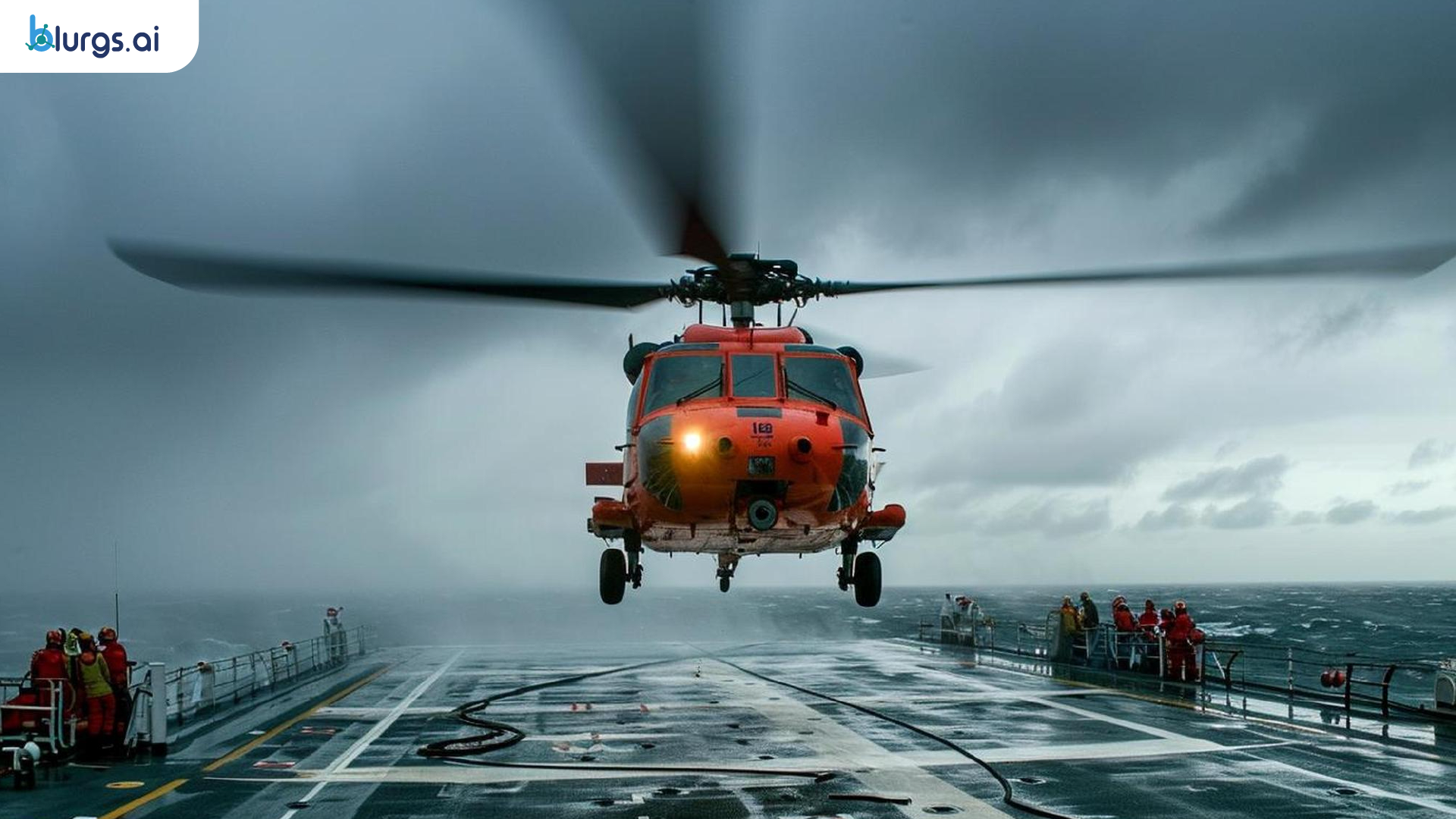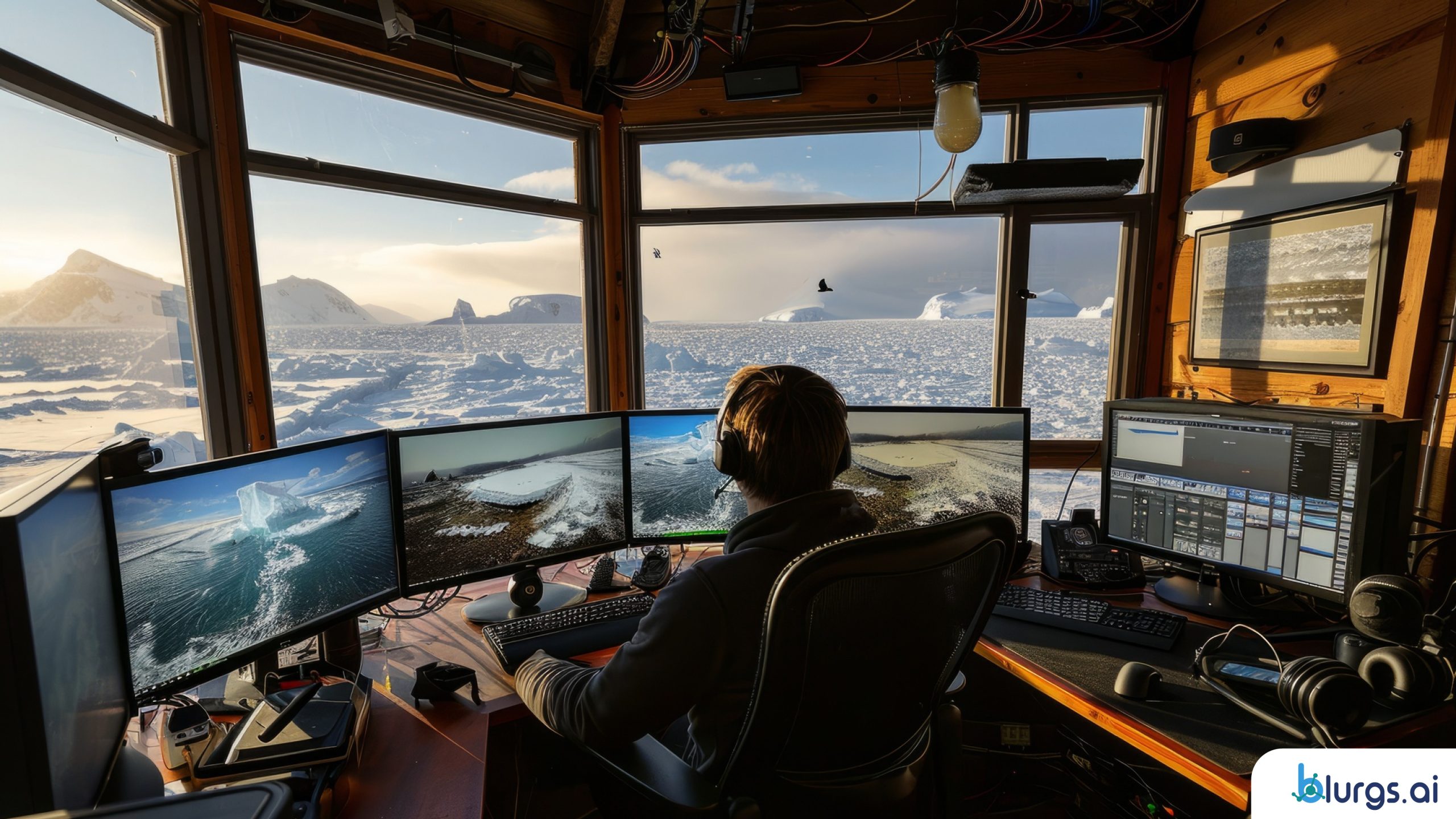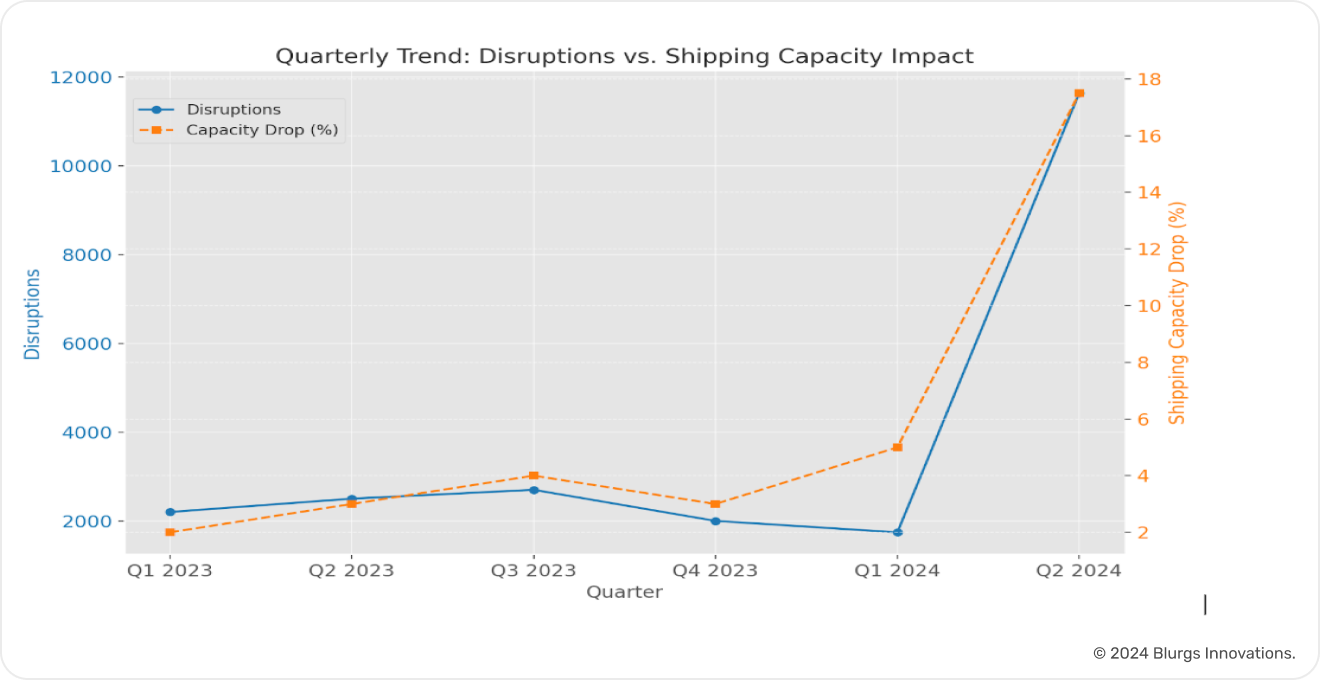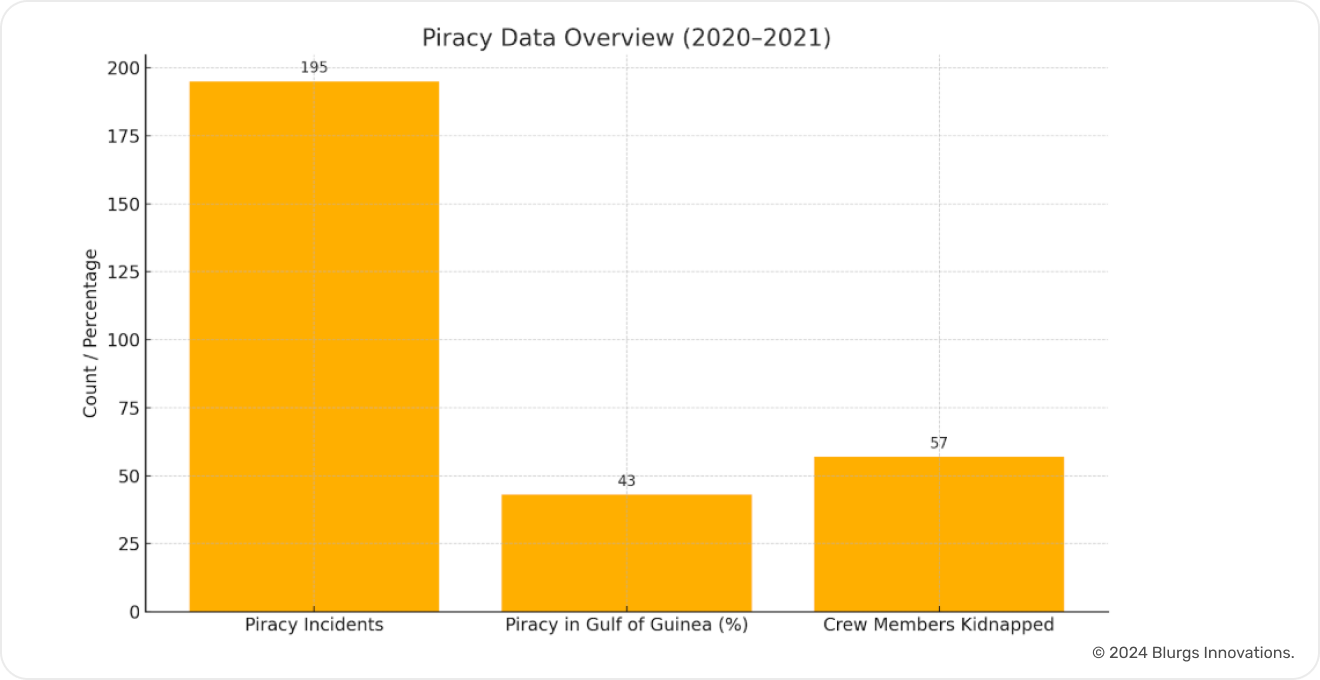127 hours.
That’s how long a man survived when he got trapped by a boulder inside a canyon. But ultimately he managed to escape by cutting himself free — yup, that’s right, cutting his arm.
It’s gruesome. It’s mind boggling. And it shows the undying nature of the human will to survive. (There’s a popular film by the same name if you ever want to check it out).
However, this was on land. What if you’re stranded at sea?
Yes, there have been instances where people have survived days, even weeks, floating in the ocean. The likelihood of that happening for everyone is slim.
You could die from the plummeting water temperatures alone, let alone the threats lurking in the deep blue. In short, every second counts in search and rescue (SAR) missions because you may not have 127 hours.
Whether it’s locating a missing ship or responding to a disaster at sea, the stakes are always high. Traditionally, these missions have relied heavily on human expertise—skilled rescuers who navigate complex and often dangerous situations to bring people to safety.
Artificial intelligence (AI) can support these critical efforts. Read it again, we deliberately said “support”.
Far from replacing the invaluable skills of human rescuers, AI technology acts as a powerful ally, amplifying their capabilities.
“These technologies provide real-time data, improve visibility in adverse conditions, and optimize search patterns—allowing rescuers to act faster and with greater precision.”
Understanding Traditional Search and Rescue Techniques
Don’t get us wrong. Traditional emergency response systems are the backbone of modern SAR operations. They are the foundations upon which we continue to develop the latest tech.
Manual Surveillance and Radio Communications
Trained eyes scanning the horizon, searching for signs of distress. Sounds familiar?
Coupled with radio communications, this method enables rescuers to
- Coordinate with each other
- Exchange critical information
- Relay updates to command centers
“These human-driven efforts rely on intuition, honed skills, and situational awareness—qualities that machines cannot replicate.”
Whether it’s a lone fisherman lost at sea or a vessel caught in a storm, these traditional methods play a crucial role in guiding rescuers to those in need.
Deployment of Rescue Vessels
These ships and boats are often the first line of defense, navigating through treacherous waters to reach those in distress. The experience and expertise of the crews aboard these vessels are invaluable.
They understand the nuances of the sea, how to approach a sinking ship safely, and how to execute rescues under the most challenging conditions.
The Role of Maritime Rescue Coordination Centers (MRCCs)
Coordinating these efforts are the Maritime Rescue Coordination Centers (MRCCs), which serve as the operational nerve centers during SAR missions. MRCCs manage the flow of information, direct resources, and ensure that all elements of the rescue mission work in unison.
They rely heavily on traditional Search and Rescue equipment—radars, communication devices, and navigational tools—to maintain oversight and control.
Challenges Faced in Traditional Disaster Management Solutions

Visibility Issues: Poor weather conditions or night operations can hinder manual surveillance.
Vastness of the Ocean: Covering large areas with limited resources is both time-consuming and resource-intensive.
Environmental Factors: Rough seas or extreme weather, can further complicate rescue efforts, putting both victims and rescuers at greater risk.
Coordinating Large-Scale Rescue Missions: With multiple vessels, aircraft, and teams involved, maintaining effective communication and ensuring that everyone is working toward the same goal can be difficult.
How is AI Improving Maritime Risk Assessment and Disaster Management?

AI-Driven Search and Rescue Tools
Search and Rescue Drones: Equipped with high-resolution cameras and thermal imaging, these drones can quickly scan vast areas. They provide real-time visuals that help rescuers identify potential survivors even in the most challenging conditions, like dense fog, and overcoming visibility issues.
Predictive Analytics: By analyzing historical data, environmental conditions, and other variables, AI can predict where a missing person or vessel is most likely to be found. This information allows SAR teams to optimize search patterns, focusing their efforts on the most promising areas and reducing the time spent on less likely locations.
AI Improving Visibility and Anticipating Needs
During a maritime disaster, AI can assess the extent of the damage, the number of people involved, and the resources required for the rescue. By using real-time search and rescue technology, it can predict how the situation might evolve, allowing SAR teams to prepare for potential complications before they arise.
Synergy in Action: Combined Strengths
The synergy between AI and human expertise increases the efficiency of SAR missions.
This is because human rescuers interpret the data and execute rescue operations. For instance, while drones may identify potential survivors, it’s the experience and judgment of the SAR teams that determine the safest and most effective way to carry out the rescue.
The Evolving Landscape of Maritime SAR: 4 Game-Changing AI Innovations
As AI continues to advance, search and rescue (SAR) missions are poised to become even more effective. Here are five key innovations that are shaping the future of SAR:
1. AI-Driven Video Analytics
The Singapore Civil Defence Force is using a Marine Video Analytics system that utilizes deep learning to enhance human detection capabilities at sea. This system integrates advanced image enhancement techniques to improve visual clarity in challenging maritime conditions, such as fluctuating light and sea states.
It employs synthetic data generation to train models effectively. This helps in detecting individuals both on the ocean surface and underwater, thereby improving response times in emergencies.
2. Predictive Analytics for Incident Forecasting
The Indian Coast Guard has integrated AI-driven predictive analytics into its operations. It analyzes historical data, weather patterns, and vessel movements to forecast potential marine incidents.
By anticipating events, the Coast Guard can better allocate resources and improve the efficiency of SAR missions, ultimately enhancing safety at sea.
3. Reinforcement Learning for Search Efficiency
A metamodeling approach based on supervised learning has been proposed to estimate the probability of success in maritime search operations. This method leverages reinforcement learning to optimize search strategies, allowing for more efficient allocation of resources during SAR missions.
After evaluating various search scenarios, this innovation aims to improve the overall effectiveness and success rates of maritime rescues.
4. Integration of UAVs and AI for Surveillance
The use of unmanned aerial vehicles (UAVs) equipped with AI technology has revolutionized maritime surveillance. These UAVs can process vast amounts of data in real-time, identifying anomalies and potential threats during SAR operations.
Development of AI-equipped patrol vessels exemplifies this trend, enhancing the ability to monitor maritime activities and respond to emergencies swiftly.
A Stronger, United Approach
Download our eBook today and step into the future of search and rescue missions. Get your copy here – <link>
By uniting the precision of AI with the intuition of human rescuers, SAR operations will become faster, safer, and more effective.



